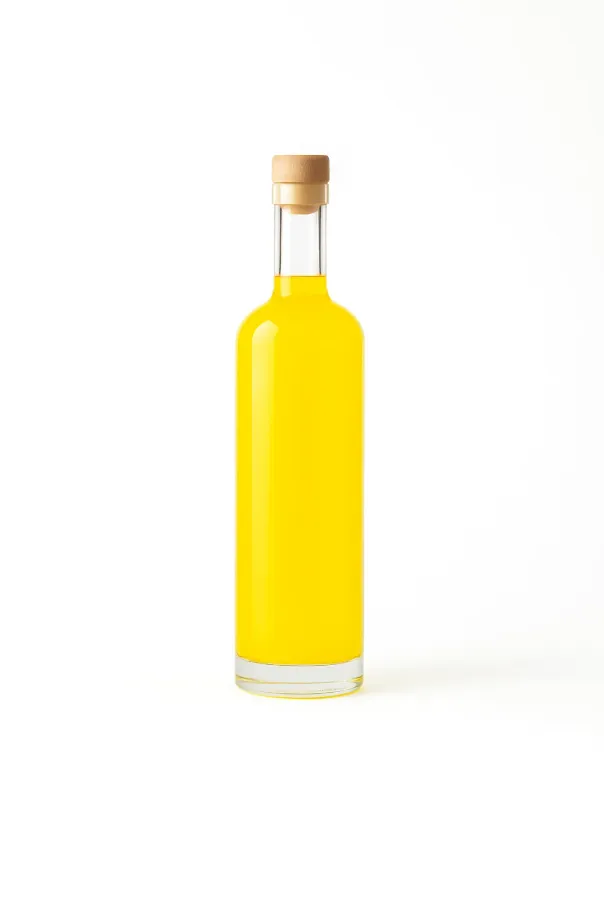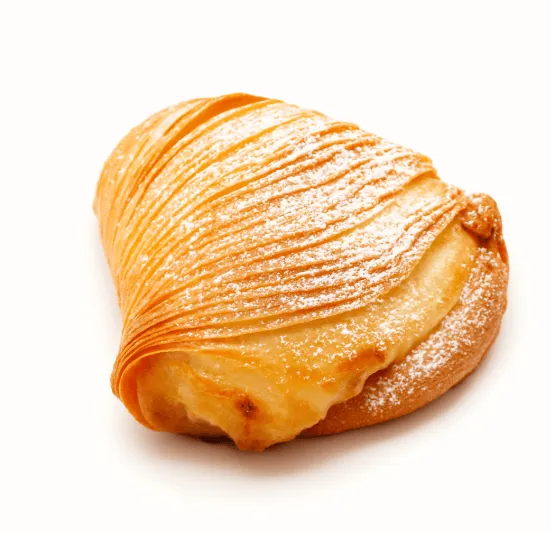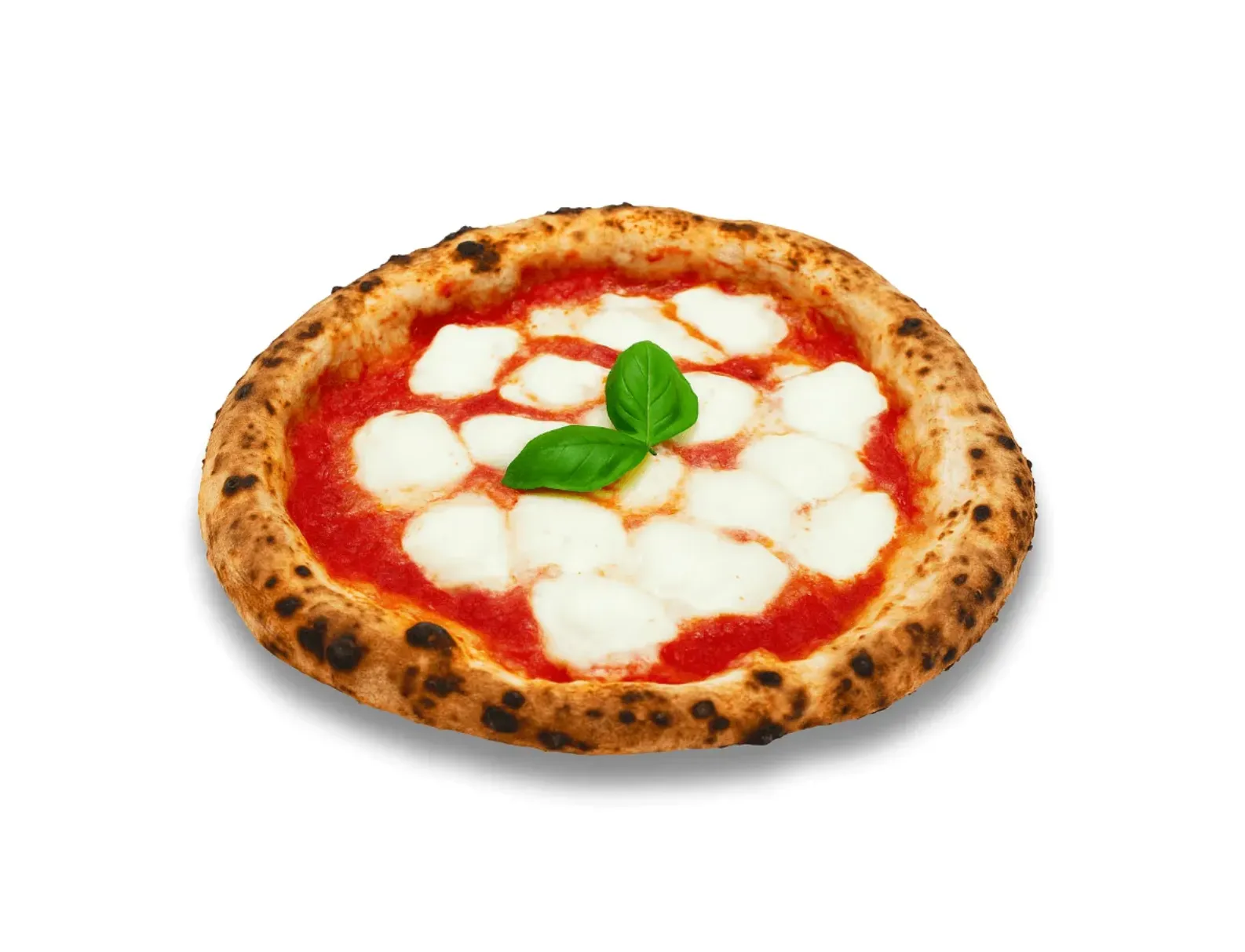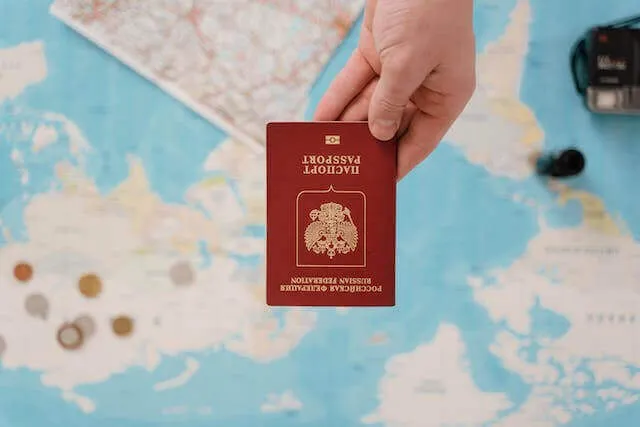 Present tense
Present tense
Lesson thirteen


In Italian, the expressions c’è and ci sono correspond to the English there is and there are. They are used to indicate the existence or presence of something or someone in a particular place. These phrases are extremely common in everyday Italian and can be heard in almost any context, from casual conversation to formal writing.
The expression c’è is the contraction of ci (there) and è (is), forming c’è(there is). It is used when referring to a singular noun or object. Italians use it constantly to talk about the existence or presence of something in a place, situation, or context.
Note that c’è always refers to a singular subject, even if the English translation might sometimes sound like “there’s” for convenience.
C'è un libro sul tavolo.
There is a book on the table.
C'è una macchina davanti alla casa.
There is a car in front of the house.
C'è un gatto sul tetto.
There is a cat on the roof.
C'è un albero in giardino.
There is a tree in the garden.
The plural form ci sono means there are. It’s used when talking about multiple people, objects, or things. It literally combines ci (there) and sono (are). You’ll use ci sono whenever the noun that follows is plural.
Ci sono cinque persone nella stanza.
There are five people in the room.
Ci sono molti vestiti nell'armadio.
There are many clothes in the wardrobe.
Ci sono dieci studenti nella classe.
There are ten students in the class.
Ci sono molte stelle nel cielo.
There are many stars in the sky.
Note: In Italian, unlike English, the verb must always agree in number with what follows. So, you must say c’è for one thing and ci sono for more than one. This agreement helps keep your Italian both natural and grammatically correct.
Making the negative form is simple, just add non before c’è or ci sono. This turns the sentence into non c’è there isn’t or non ci sono there aren’t.
Non c'è un posto libero sul bus.
There is no free seat on the bus.
Non ci sono foglie sull'albero.
There are no leaves on the tree.
Forming questions in Italian with c’è or ci sono is easy, ou don’t need to change the word order as you do in English. Simply raise your intonation at the end of the sentence to indicate that it’s a question.
C'è del cibo in frigo?
Is there any food in the fridge?
C'è qualcuno in casa?
Is there anyone at home?
C'è un supermercato qui vicino?
Is there a supermarket nearby?
Ci sono ristoranti aperti la domenica?
Are there restaurants open on Sunday?
The expressions c’è and ci sono are essential tools in Italian conversation. Whether you’re describing your surroundings, asking about availability, or making small talk, you’ll find yourself using them constantly.
 Present tense
Present tense
Lesson thirteen
 Modal verbs
Modal verbs
Lesson fourteen
 Prepositions
Prepositions
Lesson fiveteen
 Question words
Question words
Lesson sixteen
 Nationalities
Nationalities
Lesson seventeen
 Adjectives
Adjectives
Lesson eighteen